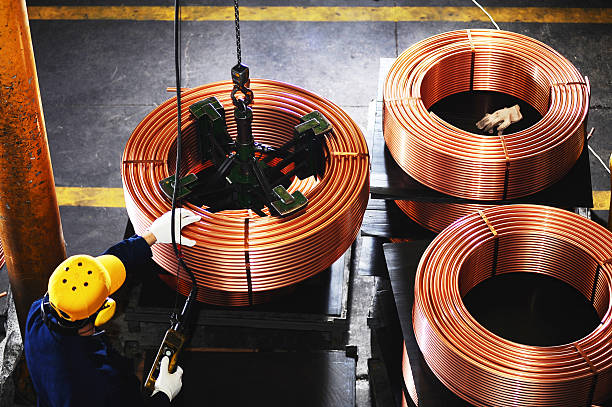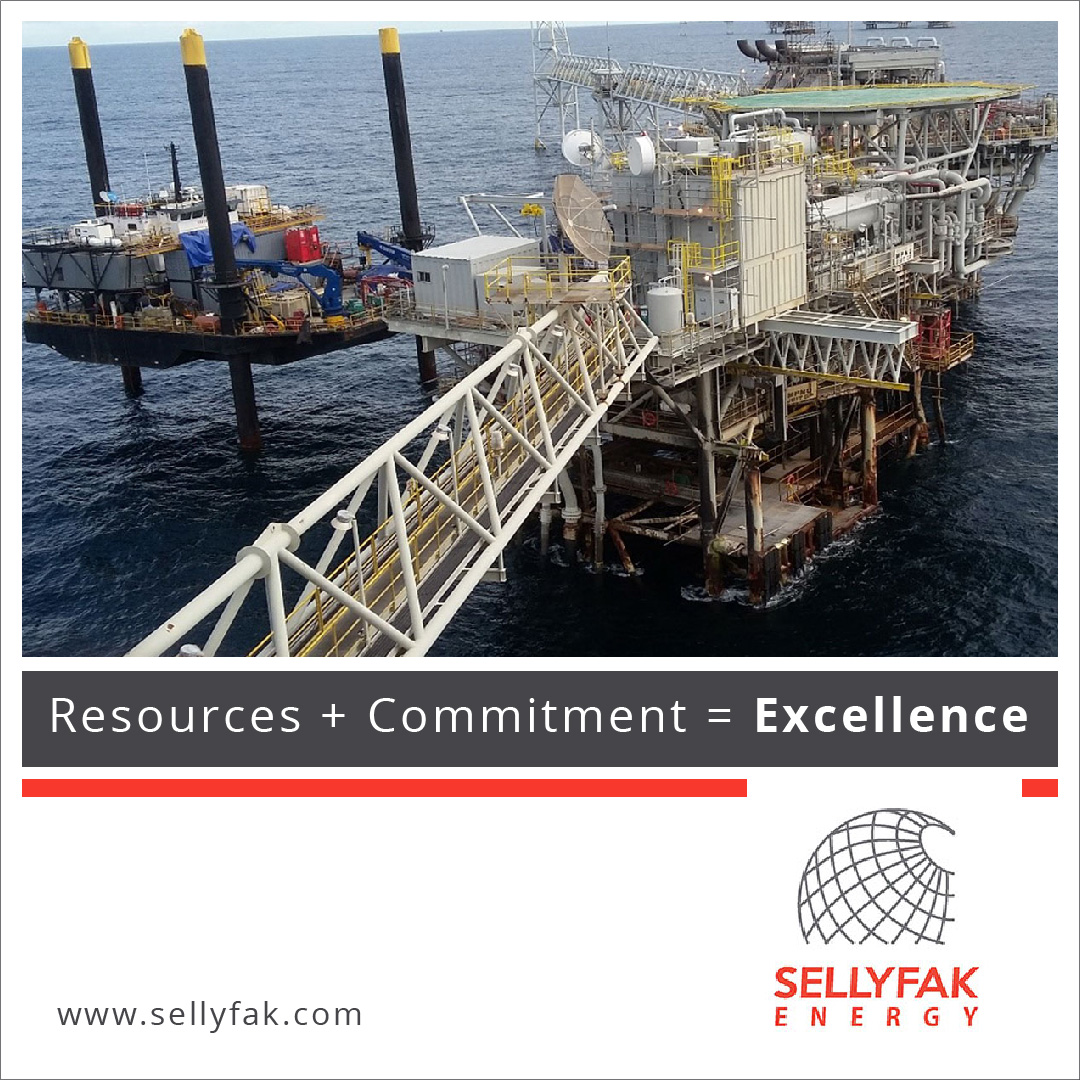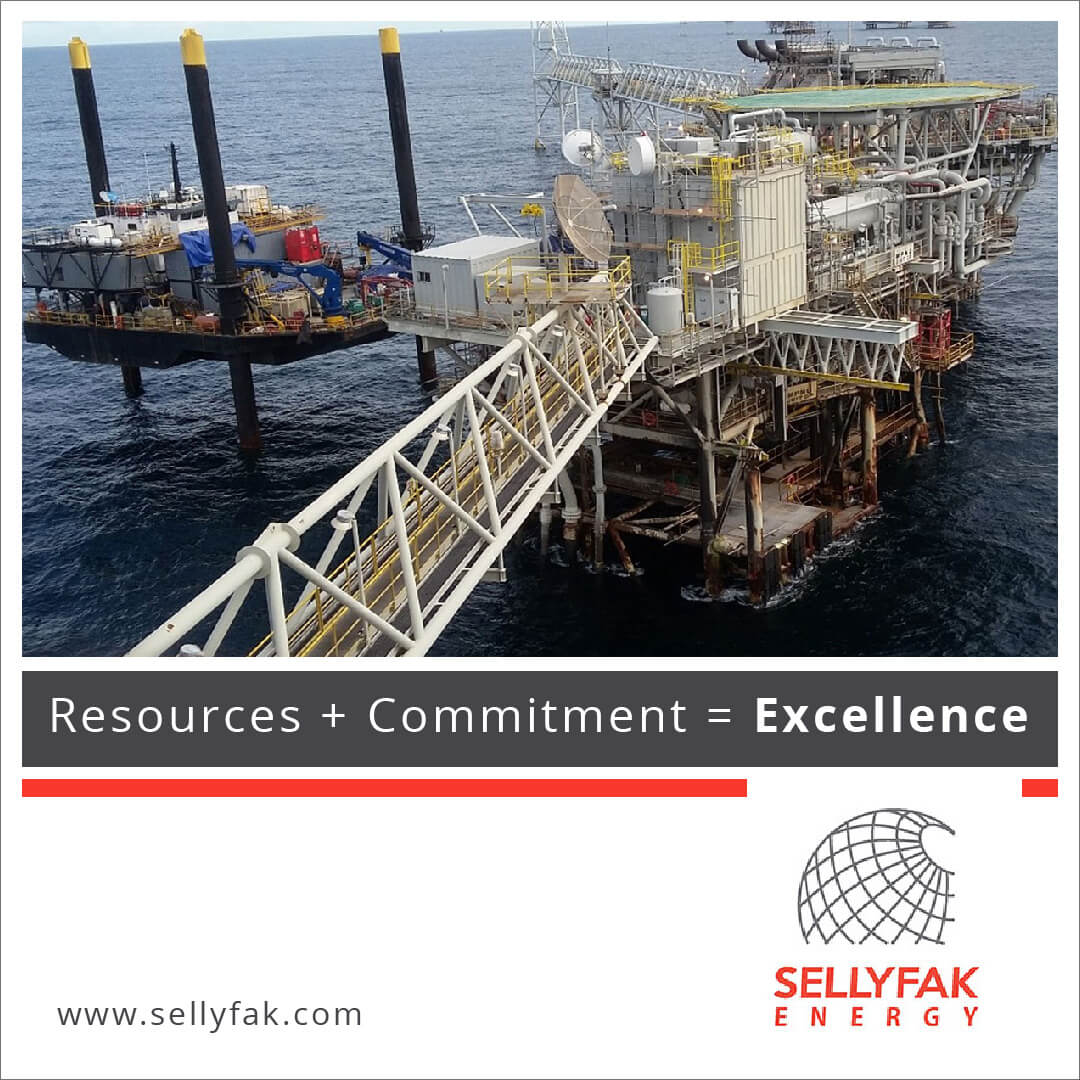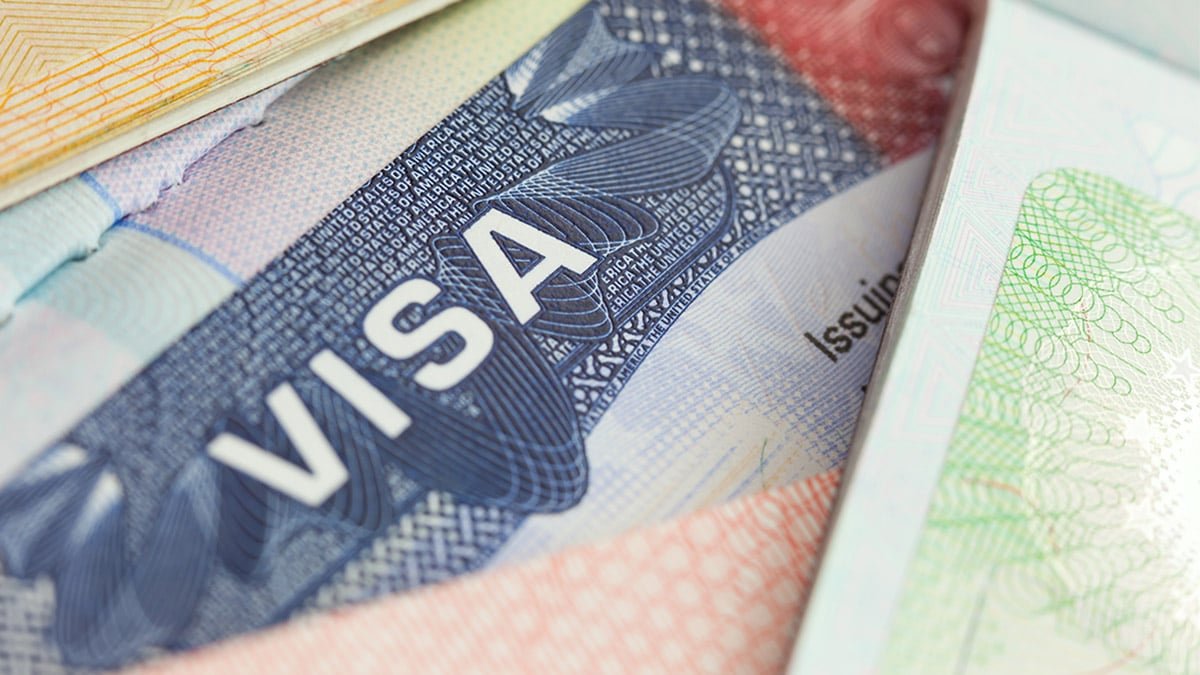Copper prices surged to unprecedented levels this week, jumping as much as 17% in New York on Tuesday following President Donald Trump’s announcement of a sweeping 50% tariff on copper imports. The record-setting rally, driven by fears of tightening supply and profit-driven cargo redirection, marked the metal’s sharpest one-day gain in history.
However, the momentum quickly softened, with prices falling over 4% in early trading on Wednesday. On the London Metal Exchange, copper slid 2.4% at the open and later stabilized at $9,621.00 per ton, down 1.7%.
Since February, when Trump first signaled the tariff plan, traders have aggressively shipped copper into the U.S. to beat the deadline, chasing substantial arbitrage gains. The sudden surge in demand and speculative positioning has rattled global markets, fueling a price spike that reflects both supply fears and policy uncertainty.
Trump’s tariff pledge coincides with an anticipated copper demand boom driven by the energy transition, which requires vast amounts of the metal to electrify transportation, power grids, and data centers. However, the U.S. remains heavily dependent on foreign copper, importing 36% of its demand, according to Morgan Stanley.
This import reliance underscores the difficulty of building a self-sufficient copper supply chain, given limited domestic mining and smelting capacity. Though ramping up recycling from copper scrap offers a partial fix, the U.S. currently lacks the infrastructure to process the growing backlog.
Historically, U.S. copper scrap was shipped to China, but that flow has halted as the sharp rise in Comex prices made American scrap too expensive. For now, that scrap remains underutilized, constrained by bottlenecks in domestic smelting and refining.
Industry leaders are urging Trump to reconsider the tariff strategy, advocating instead for export restrictions on raw ore and scrap to better secure domestic supply chains. They caution that targeting only refined copper could open the floodgates to value-added imports that fall outside the tariff’s reach.
























